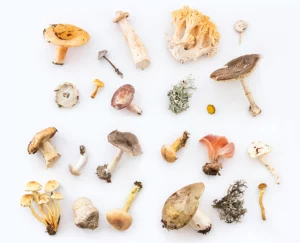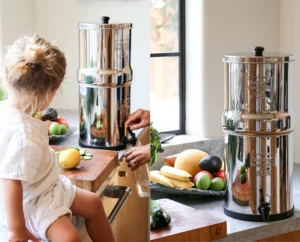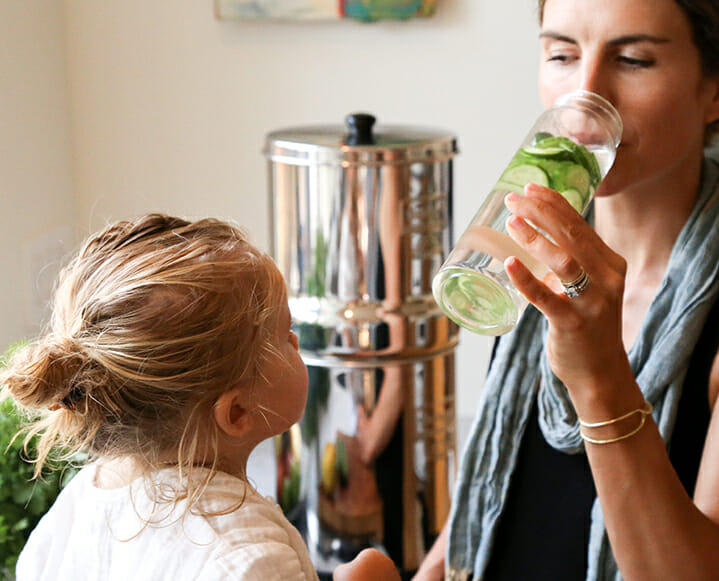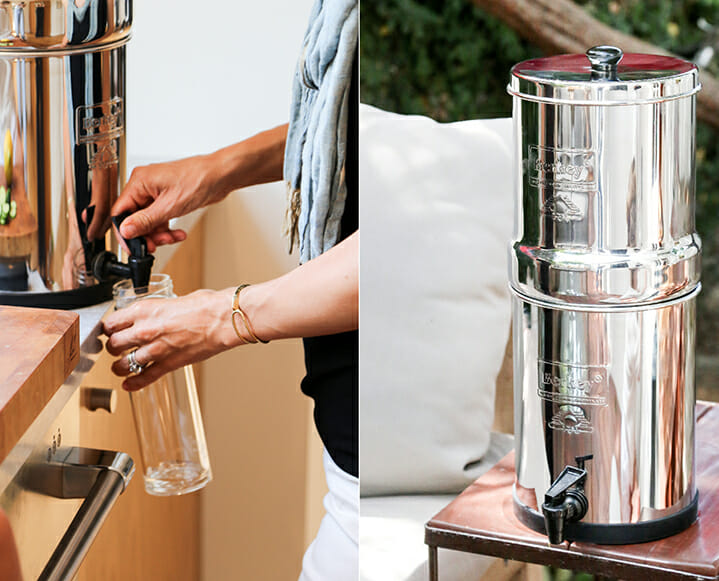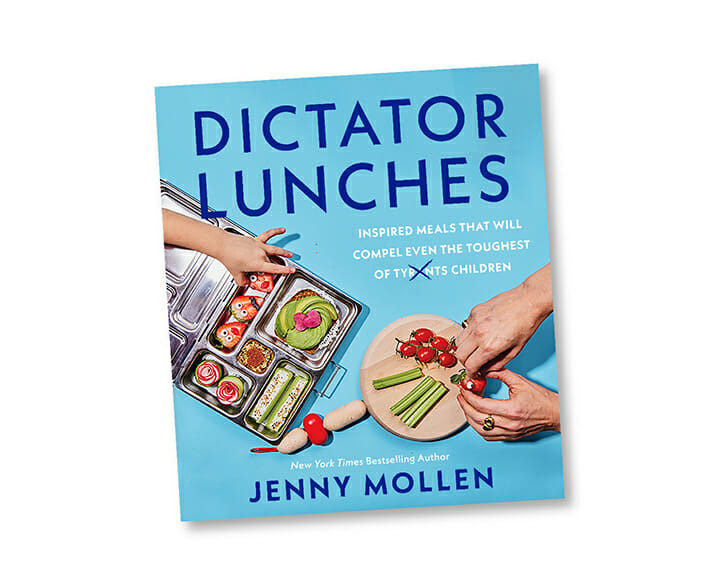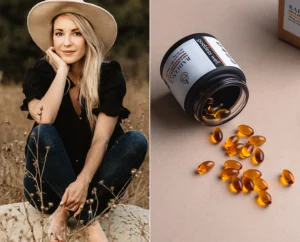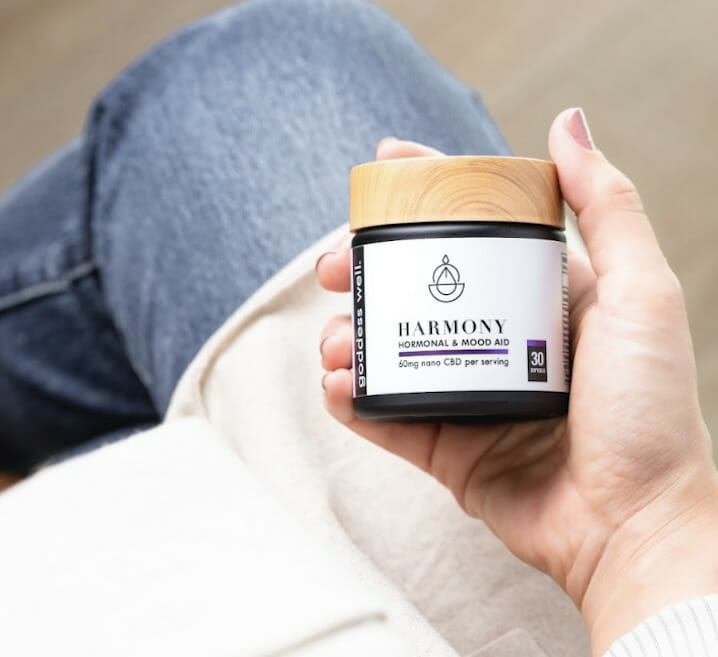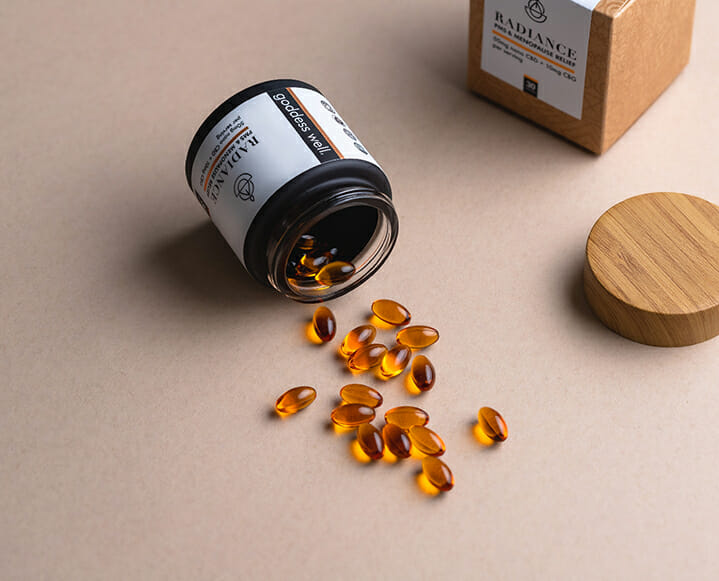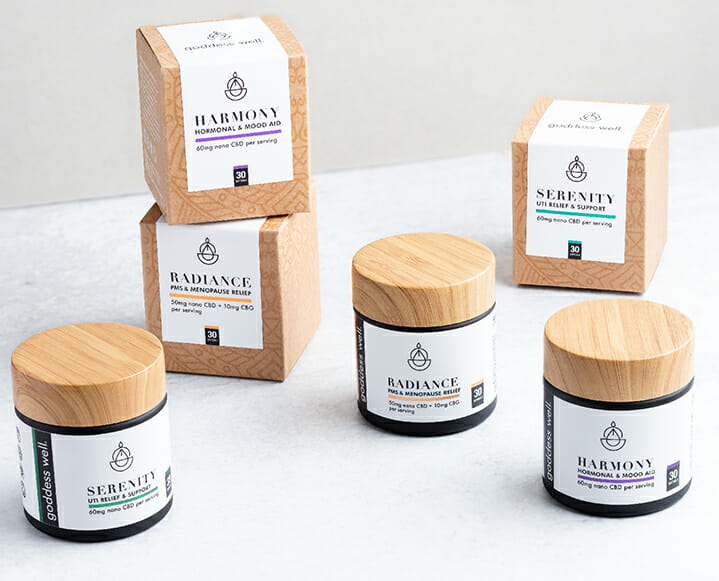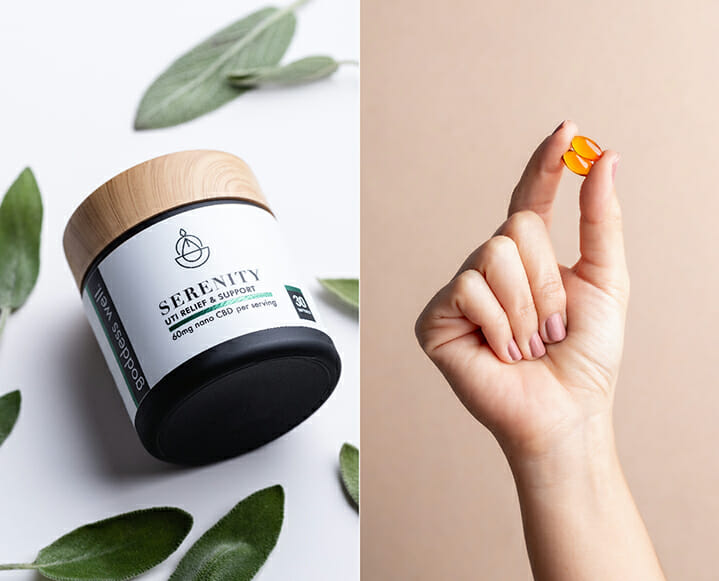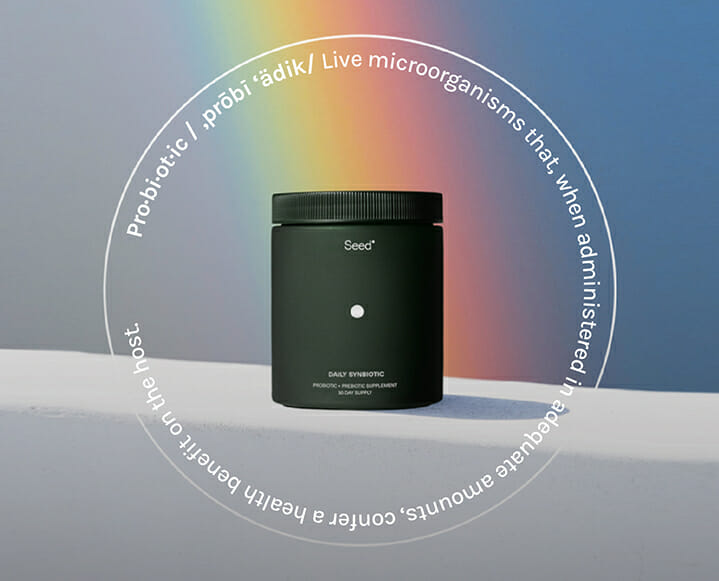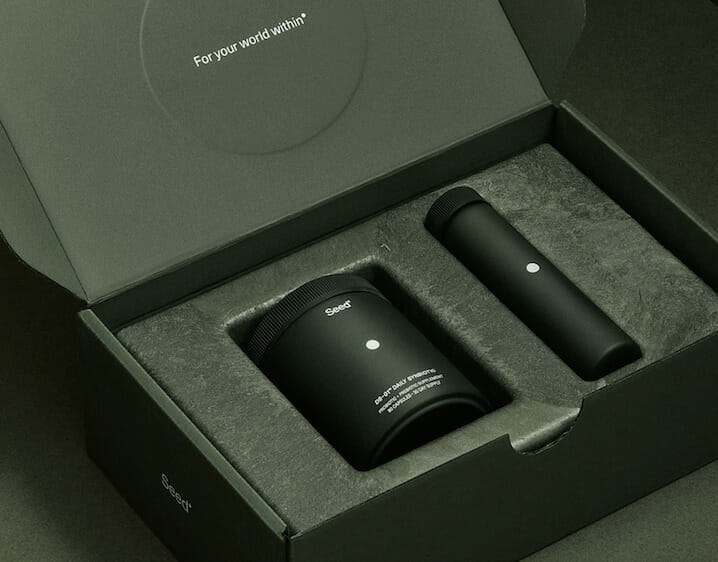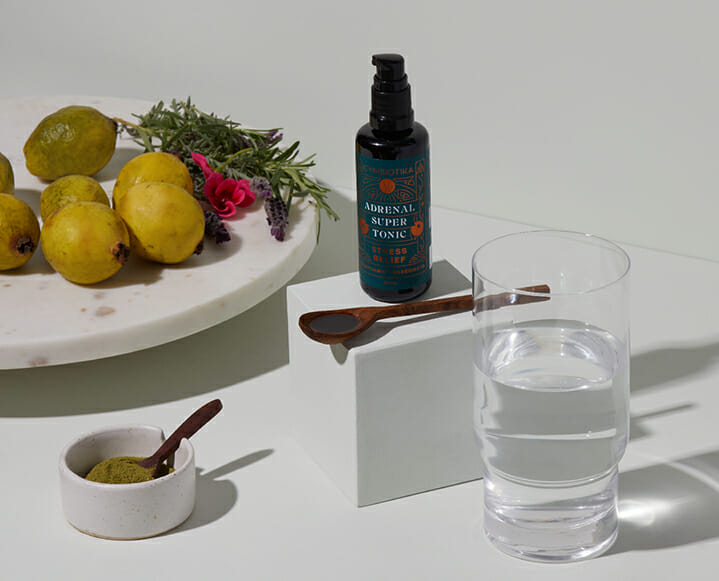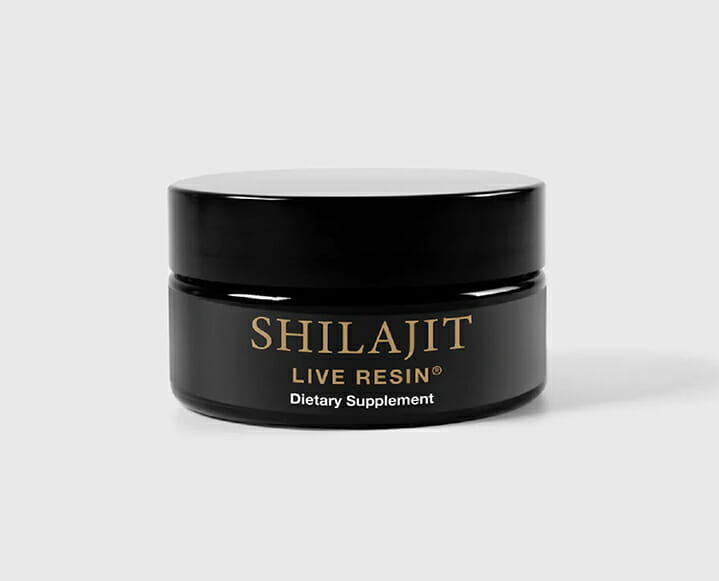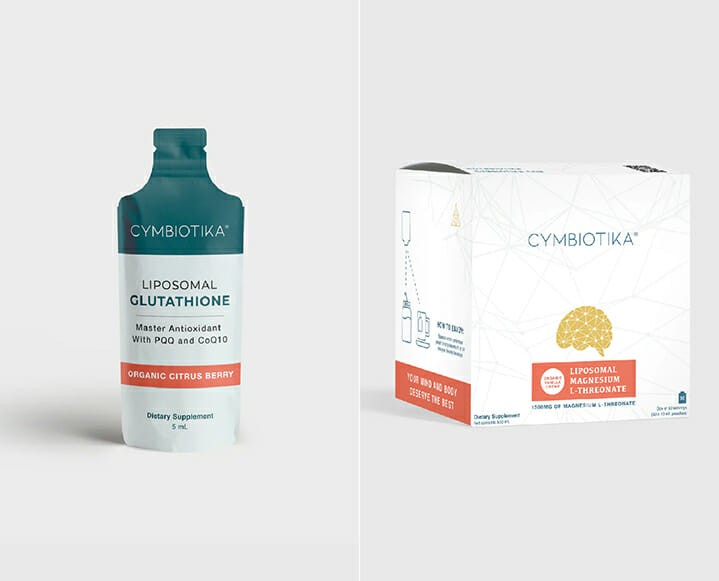
This story is For those of you who find relaxation a hard place to be. For those who work way beyond 40 hours a week at your job, caretake your children, or house duties, fight with your spouse, listen to friends or family member’s problems, and whatever else might keep you feeling ON all the time.
Today we are reviewing the nervous system and why it’s essential to support yours. Adriana Ayales, the clinical herbalist behind Anima Mundi is walking us through key techniques to get us un-stuck from “fight or flight” mode, or what many call “sympathetic dominant”, into the parasympathetic “rest and digest” state....
I know it's not easy. Stress is addictive. Well actually, the hormones of stress are addictive. And although the hormones of stress, like cortisol, have an ultra critical function to our survival, like alerting us that we're in danger, or giving us enough energy to tackle the never-ending to-do list... it is of vital importance that we replace the siren blast of cortisol with regenerative practices that help us stay calm and well.
Before we dive in, let's take a look at how the nervous system works. Your nervous system is connected with every single part of your physical body. And many mystics even said it’s the bridge that connects to our soul. The human body has two nervous systems; the voluntary nervous system and the autonomic nervous system.
Our Voluntary vs. Autonomic Nervous System
Our voluntary nervous system is part of the peripheral nervous system which controls bodily movements. We have control of it. For example, this part of our nervous systems helps us use an arm to wave hello.
The autonomic nervous system is involuntary, meaning we do not have conscious control of this system—it will happen without us thinking about it. The autonomic nervous system regulates the function of our internal organs, such as our stomach, lungs, and heart. Essentially, it keeps the show running without us having to do anything, even while we are sleeping.
Within this involuntary autonomic nervous system, there are two branches:
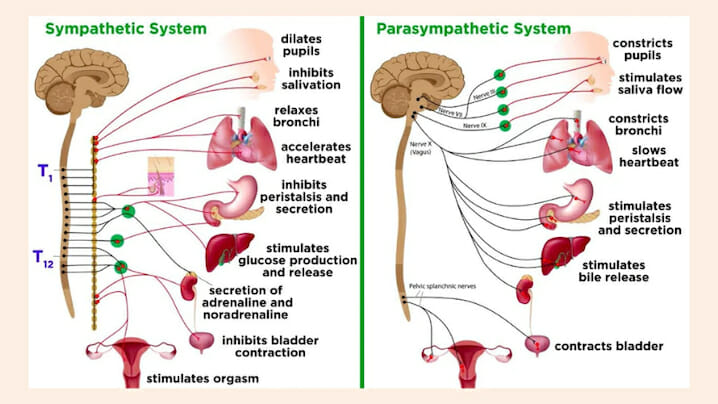
The Sympathetic Nervous System (Fight Or Flight) | The sympathetic nervous system (fight-or-flight) provides the body with energy, stimulation, and fuel to take flight from danger. When there is a stressor or trigger, our body senses the ‘danger’ and moves into a fight-or-flight response.
With this reaction, our adrenal glands are activated, which stimulates the breakdown of the hormone cortisol. Our breath begins to race, our pupils dilate, our heart rate increases, we tense up… prepping us to take flight (or fight) in order to survive, defend, or freezes from shock.
Modern signs that we are in a state of “fight-or-flight” include feeling "tired, but wired", being wide awake from 1- 4 AM, digestive issues like bloating and constipation, plus feeling unable to calm down, or slow down, mentally or physically.
The Parasympathetic Nervous System (Rest + Digest) | The parasympathetic nervous system (rest-digest-heal) is all about relaxation, which is essential for healing, digestion and restoration. This is the natural state our body should be living in when not in a state of emergency or danger.
Within this state, our heart rate slows down, our breath is calm, our digestion is fluid, and hormones are balanced.
All healing takes place within the parasympathetic state; in this state of systemic relaxation our body regulates, restores, detoxifies, regenerates.
13 Ways To Regulate Your Nervous System
Our 21st century lifestyles have set us up to be sympathetic dominant. We are constantly in a state of 'fight or flight'. But! With some basic consciousness around it, we can easily support our body back into homeostasis.
We become sympathetic dominant by working too hard, receiving too much stimulation from phones, over-exercising or just being mentally stressed in general (excessive worrying, anger, etc.)
Moving into a parasympathetic dominant state doesn’t mean that you are just in a state of meditation all day long. Imagine how you feel after a good workout or a massage. In those moments where you feel at ease and blissful, aches and pains are reduced or are totally dissolved and you can think more clearly. Many of us need to focus on spending more time in this state to balance our health.
Here are 13 effective practices you can do now to make sure your nervous system is regulated and thriving. Let's start with some of the lesser-known ones...
1. Nerve Tonics + "Tropho-restoratives" — For the seasoned herbalists, you know exactly what I’m talking about! These categories of plants are highly nutritive, and do much more than just provide essential nutrients. In herbal medicine, milky oats (avena sativa) for example, is considered a nervous system 'Trophorestorative'.
Trophorestoratives nourishes and restores the function of a tired, compromised, diseased tissue, organ, or system. In basic terms it acts as a super tonic and works to restore and rejuvenate the nervous system. Other trophorestoratives that deeply nourish and help with deficiency are Nettle seed, Milk thistle, Goldenseal and more. You can find our house tea here with milky oats.
2. Cleanse your Bowels — Deep rooted inflammation is often lodged in some way in the gastrointestinal system. It’s important that we keep the ecology of our gut cleansed, in order for essential biological processes to happen and flourish. Once energy remains stuck, inflammation easily builds up, oftentimes triggering anxiety that can look like inflammatory bowels, or even affecting our ability to relax and decompress. Try consuming liquids, soups or broths often to cleanse easily, and avoid processed foods.
3. Cold Showers — Cold water stimulates our immune system and activates our vagus nerve. This is the largest nerve in our autonomic nervous system and the nerve that connects the brain and digestive tract. Think of it as the communication highway between your brain and gut. The vagus nerve regulates our heart rate and our digestive system AND how each function.*If the vagus nerve is not working optimally, it can lead to slowed motility in the gut, weight gain, anxiety, high-stress, and nutrient deficiencies. This makes it easy to understand the long-term digestive effects of stress, including irritable bowel syndrome(IBS), colitis, and SIBO.
4. Good Fats — Fat helps create a healthy brain and nerve tissue. In fact, fat is the main ingredient in the insulation of nerves and a large component of the myelin sheath that coats the neurons, which grants us increased cognition, ability to think and move. And, fat is fuel! Dietary fats are needed for the absorption (and digestion!) of Vitamins A, D, E and K.
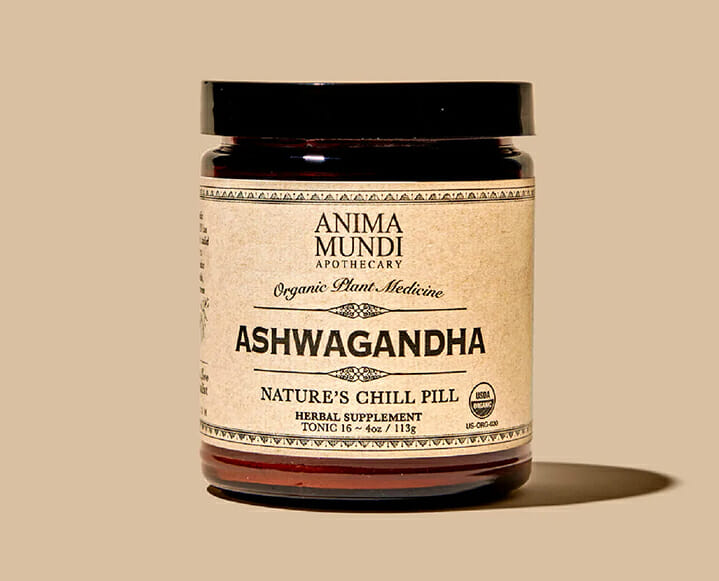
5. Nervines + Adaptogens — Nervines act therapeutically upon the nerves, which nourish and sustain the functions of the central nervous system. Some herbs, like Ashwagandha, are both a nervine and an adaptogen. Adaptogens on the other hand, greatly protect us from multiple stressors by modulating our stress response during times of stress. Adaptogens greatly protect from oxidative damage and are very supportive to the adrenal, nervous system and endocrine system as a whole.
6. Meditation + Breathwork — Five to twenty minutes a day of deep breathing through the nose is clinically proven to reduce stress levels, AND activate your parasympathetic nervous system (PNS). Did you know that the simple act of being in darkness, or even with closed eyes, already activates the PNS?
Close your eyes and practices breathing exercises. Try the 4-7-8 breath. This involves inhaling through the nose for a count of four, holding for a count of seven, and exhaling through the nose for a count of 8.
7. Change Your Relationship with Caffeine — Coffee and caffeine-containing teas can be very straining and stimulating to the nervous system. I LOVE a good cup of coffee, but when reliance becomes a regular thing, it’s time to pull back a bit. If you’ve been struggling with anxiety, sleep, or digestive problems for any length of time, consider taking coffee, or highly caffeinated beverages, later in the AM, about an hour after breakfast. Caffeine increases heart rate, blood pressure, cholesterol, and homocysteine. It also stimulates the excretion of stress hormones, which can produce increased levels of anxiety, irritability, muscular tension and pain, indigestion, insomnia, and decreased immunity.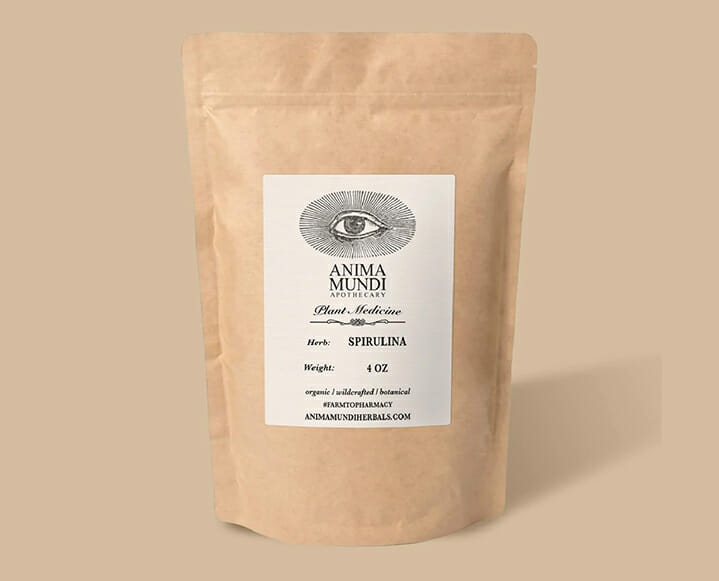
8. Protecting the Nerves with B vitamins — Each nerve has a protective coating known as a myelin sheath. Much like the sheath of an electric cable, it acts as insulation for the transmitting nerve. Worn out myelin sheaths have been associated with imbalances like Alzheimer's, so it is important for a person to keep up their intake of B12 and fellow B vitamins. Two great sources of B12 are superfood algaes spirulina and chlorella. Try adding a scoop of these sea greens to smoothies everyday for a boost of energizing B12.
9. Foods for the Nervous System + Adrenals — A diet which includes healthy servings of fruits and root vegetables can be nourishing to the nervous system. While this transition can take some time, often a few weeks to a few months, it can be very healing to the system. We typically advise against a ketogenic or low-carbohydrate diet if you are experiencing stress or tend to run a bit nervous/anxious.
10. Music + Binaural Beats — Healing and relaxing music, in general, is extremely helpful to help us feel good and at ease. Although some say ‘binaural beats’ are a bit of an illusion, or 'auditory phenomena' I think they can be tremendously healing. There's many kinds out there, and there are some particularly great ones that incorporate singing bowls, and other instruments. Many guided meditations incorporate these, and many find it to be effective for meditation, or downtime.
11. Hands-on Healing & Bodywork — Getting bodywork like lymphatic massage, craniosacral therapy, rolfing, abdominal massage (love Chi Nei Tsang!), reflexology and reiki are all therapeutic and immensely helpful at turning off your stress hormones. There are many forms of massage and bodywork out there, try exploring some out of the norm to find the one that somatically matches your needs. These therapies, and similar, can be greatly helpful in releasing stored trauma, emotional tension and physical tension.
12. The Sleep/Wake Cycle — The body's circadian rhythms play a role in sleep due to how the body and brain respond to darkness, which is when most humans feel tired and tend to sleep. As darkness sets in, the body's biological clock instructs the cells to slow down. Changes in your sleep/wake cycle may lead to cognitive and behavioral issues, diminished focus, and memory loss. Stay as consistent as possible with your sleep/wake cycle, and enjoy the 8-9 hours of sleep if your body is calling for it!
13. Being in Darkness — Darkness promotes melatonin synthesis and triggers its release into the plasma. Darkness prompts the pineal gland to start producing melatonin while light causes that production to stop. As a result, melatonin, other than being one of the most potent antioxidants known, it helps regulate circadian rhythm and synchronize our sleep-wake cycle with night and day. In doing so, it facilitates a transition to sleep and promotes consistent, quality rest.
The post 13 Ways To Regulate Your Nervous System (Yes, Stress Hormones Are Addictive) appeared first on The Chalkboard.
from The Chalkboard https://ift.tt/BGhfbqd
via
IFTTT
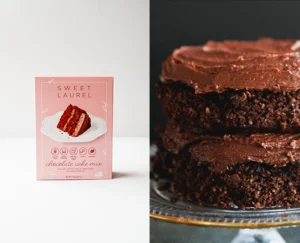
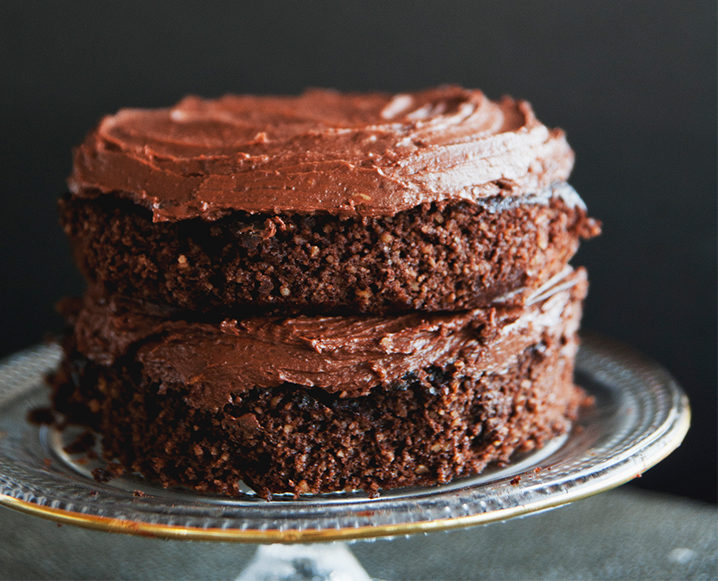 Just as the Sweet Laurel brand was getting started in 2015, we shared this recipe: Grain-Free, Dairy-Free Chocolate Cake You Won't Believe. As no surprise to us, our readers absolutely went wild for it. It's become a TCM classic and has been baked in more readers' ovens than we could count!
Just as the Sweet Laurel brand was getting started in 2015, we shared this recipe: Grain-Free, Dairy-Free Chocolate Cake You Won't Believe. As no surprise to us, our readers absolutely went wild for it. It's become a TCM classic and has been baked in more readers' ovens than we could count!

